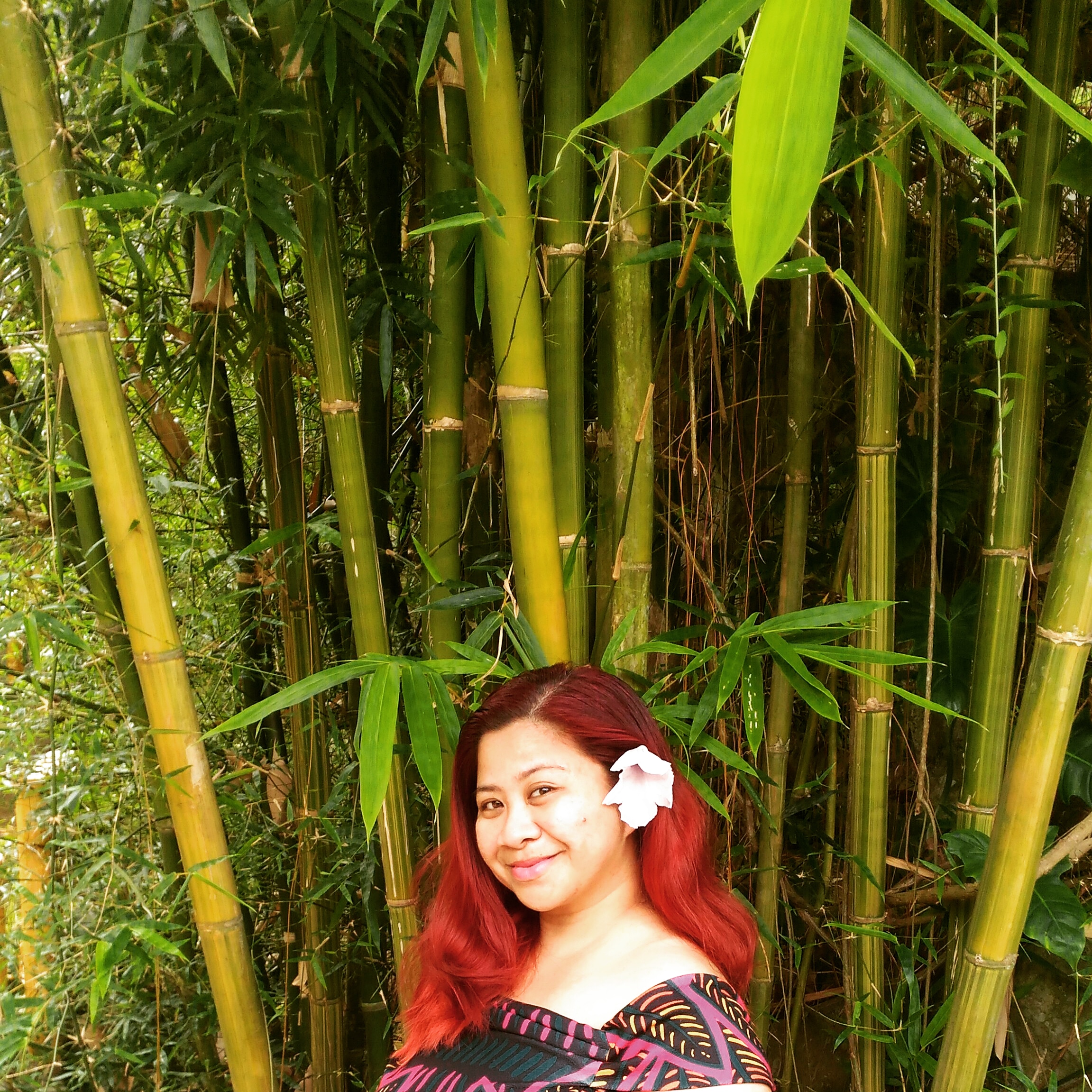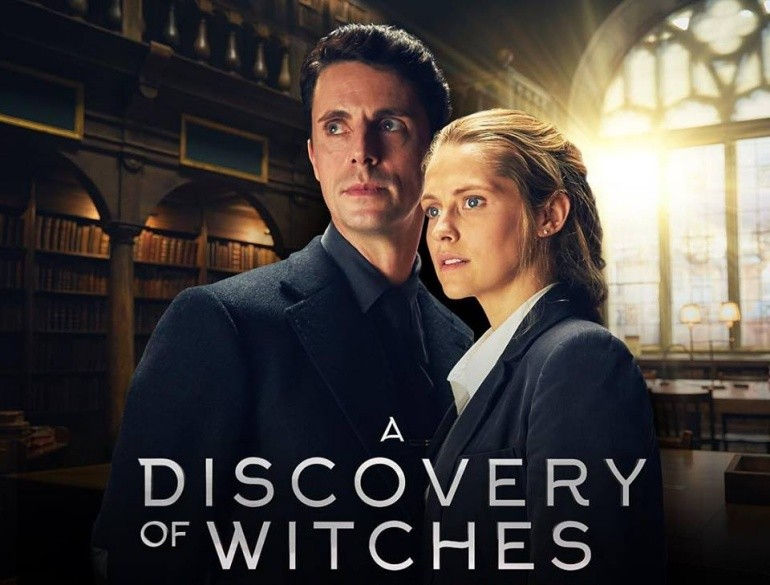Aswang: The Female Monstrosity in Yanggaw, Corazon and Maria Labo
- Graziella Sigaya

- Jun 24, 2020
- 5 min read
Updated: Aug 22, 2021
Most contemporary feminist studies of horror films are predominantly psychodynamic. Despite the undoubted influence of some of these works, the area of women and horror has been and remains under-theorized.
Working on the premise that like most horror films, the female monster reflects enduring cultural anxieties, this article is an exploration of an alternative framework of monstrous women, specifically the “aswang” of the Philippine folklore in the films Yanggaw (Affliction) 2008, Corazon: Ang Unang Aswang 2012(Corazon: The First Aswang), and Maria Labo 2015.

Bliss Cua Lim in her study, Queer Aswang Transmedia: Folklore as Camp, states that the aswang is a “durative yet mutable fixture of Philippine culture across five centuries. Aswang eschew the notion of folklore as antiquated tradition.” According to her, the aswang accounts ranging from the sixteenth century to the present straddle and frustrate generic borders and emphatically demonstrate the porosity of genre definitions. (Lim, 2015)
The aswang predate the colonization of the Philippine archipelago and are chronicled in the earliest Spanish missionary accounts of the Visayas and Central Luzon, appearing in a 1582 description of Visayan funerary practices by Miguel de Loarca, who was among the earliest Spanish settlers in Panay. (Lim, 2015) It is interesting to note, however, that aswang beliefs are primarily concentrated in the Christianized areas of the archipelago, and are evidently absent in communities that Spanish colonizers failed to “missionize” such as the highlands of Northern Luzon and the Islamic regions of Mindanao.
Aswang made their first cinematic appearance in a 1932 silent film of the same title. From the mid-1980s onward, they became the mainstay of a decades-old horror film cycle initiated by the horror-comedy franchise, Shake, Rattle, and Roll. Working on the premise that like most horror films, the female monster reflects enduring cultural anxieties, the films I have chosen are Richard Somes’ Yanggaw (Afflicted) and Corazon: Ang Unang Aswang (Corazon: The First Aswang) and Roi Vinzon’s Maria Labo. "Yanggaw" is a 2008 indie movie based on an Ilonggo myth about aswangs, while the 2015 movie “Maria Labo” is based on an Ilonggo urban legend of the late 1980s. The film “Corazon: Ang Unang Aswang” as the title suggests, tries to explain the myth of how the first aswang came to be.
These films were specifically chosen based on their representation and treatment of the female monster in the horror narrative. The aswang is usually a stranger in many local films. They are outcasts or recluses hunted down by the screaming town mob. Viewers never know much about who the aswang truly is, but in these three films, we are presented with a monster that is familiar to us.
Laura Shearer in her article, Victims and Monsters: The Role of Female Characters Within Horror Narratives states that “female characters have always had an integral placement in horror films and as these ideals shift, women will continue to have an influential position in the many faces of the horror film narrative.” Furthermore, as monsters are generally created to offer a moral undertone and dilemma, the female monster largely exists to comment on social pressures and lifestyle choices. Paula Cappa in her article, “Gothic Tropes: Madness”, cites that during the Victorian era, madness, especially in the form of “hysteria,” was a malady associated mostly with women, since many believed that women had weaker minds and were less capable of rational thought. Several female authors, however, turned this trope around and used madness to represent the devastating effects of societal repression on women.
The aswang is often associated with female monstrosity and patriarchal misogyny. As Raul Pertierra pointed out, a patriarchal suspicion of women lies at the heart of the aswang complex.(Pertierra cited by Lim, 2015) Aswang articulate fears regarding covert forms of violence women might accomplish in the home. Thus, it is more horrifying when the aswang is presented as one of us, a part of our families. The aswang in the films are women who are very familiar. They are our daughters, sisters, mothers, wives. They are not mutations but the victims. They are not the evil monsters. It is only that madness is the monster that lurks inside them.
It is important to note that Amor, Corazon and Maria were “normal” women before they were afflicted. The source of their affliction comes from outside. Amor got afflicted when she decided to work in the city and Maria when she went to work outside the country. Corazon, on the other hand, turned when her child died. The aswang in these films not only articulated fears regarding the violence that women can accomplish at home, but that the home is more in danger when she is not there. The horror narrative therefore warns women not to seek employment or work outside her domestic domain, or else she might get afflicted and turn into something monstrous. Her place is right at home where her family, specifically the men, can protect her.
The horror genre is full of antagonists who are presented or described as mentally ill. Mental illness can therefore be seen as an explanation as to why violent characters act the way they do, even though this convention may not have any realistic evidence. Jeffrey Bullins in his article, “Evil or Misunderstood: Depictions of Mental Illness in Horror Films”states that “Where mental illness is historically used in horror films to identify antagonists as bad or evil, in other genres the mentally ill are often shown as misunderstood or insightful”. Mental illness therefore, is something that could affect any range of persons. The potential for mental illness in anyone is what feeds the horror genre’s convention of the psychopathic killer.
It is all the more difficult to talk about mental illness out in the open when living within a culture that emphasizes resilience and humor amidst pain and personal suffering. The stigma surrounding mental illness in the Philippines only adds to the layers of struggle to the people who suffer from various mental health conditions. And as long as opinions and representations of mental illness continue to be misguided, films will continue to exploit them to engage paying audiences.
References:
Battersby, Christine. The Phenomenal Woman: Feminist Metaphysics and the Patterns of Identity. 1998.
Creed, Barbara. The Monstrous Feminine: Film, Feminism, Psychoanalysis. London: Routledge, 1993.
Freeland, Cynthia A. Post- Theory: Reconstructing Film Studies. “Feminist Frameworks for Horror Films” USA: University of Wisconsin Press, 1996.
Harrington, Erin. Gynaehorror: Women, theory and horror film. 2014
Lim, Bliss Cua. Queer Aswang Transmedia: Folklore as Camp.2015
Mulvey, Laura. Movies and Methods, Vol. 2. “Visual Pleasure and Narrative Cinema.” London: University of California Press, 1985.
Roy, Sananda.A STUDY OF POPULAR HORROR FILMS THROUGH FEMINIST LENSES
Thurgood, Sara, Avery, Daniel, Williamson, Lloyda. American Journal of Clinical Medicine, Vol. 6 “Postpartum Depression (PPD)” USA 2009.
Williams, Linda. Film Genre Reader, Vol.2 “Film Bodies: Gender, Genre And Excess” USA: University of Texas Press, 1995.
http://nextprojection.com/2013/10/23/victims-monsters-role-female-characters-within-horror-narratives/http://cnnphilippines.com/life/culture/2017/04/25/mental-illness-stigma.html






Tingala gid ako nga waay kalab-ot si Maria Labo kaninyo sa Miag-ao... She must have been popular hay insa bi ginhimuan gid tana pelikula. Ano gid ka rayu ka Miag-ao sa syudad?
na hangyus ako ka end notes mo, wara mo ako na memohan... heart! heart!
ga pamangkot pko sa miagao basi may naka bati ka maria labo. hmmm, dw wara gd ka mention mn abi si tiyay evelyn kaja